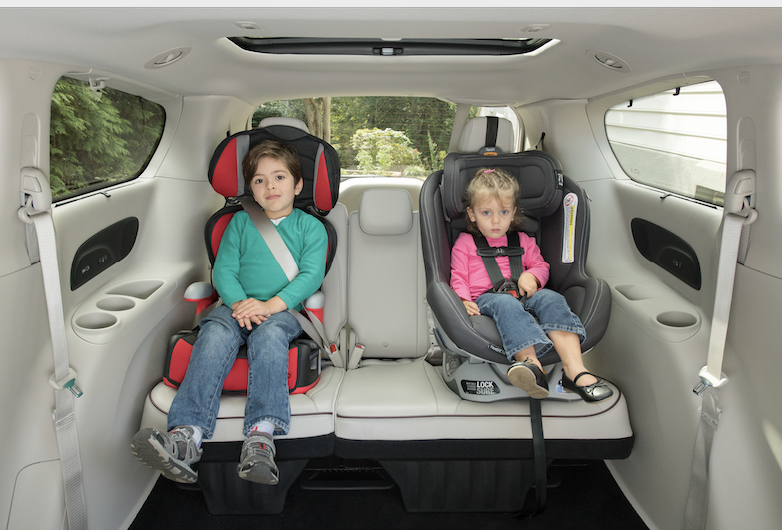|
Did you know that more than 82 percent of car seats are installed incorrectly? As child passenger safety technicians, we see a lot of common mistakes and get a wonderful opportunity to work with families to make sure their most precious cargo is being transported safely. Check out the scenarios below to see where these errors can happen and how to correct them: 1. Car seats that are too loose.If a child safety seat is correctly installed, when you pull at the belt path, the seat should move no more than one inch from side to side or back to front. A child passenger safety technician trained in child safety seat installation can show you how to get a correct and secure fit. 2. Straps that are too loose.The harness straps should fit snugly with no slack. If they are too loose, a child can be ejected from the child safety seat. To test if they are tight enough, using your thumb and forefinger, try to pinch the straps vertically at the collarbone. You should not be able to pinch any harness webbing. Also, avoid putting bulky clothing on children, such as a thick winter coat, before you put them in a child safety seat. 3. Incorrectly positioned harness straps.Harness Straps should be at or below shoulder level in a rear-facing child safety seat or at or above shoulder level in a forward-facing child safety seat. Be sure to check the straps often, as children grow quickly and the harness position can be easily overlooked. 4. Not using the top tether.An Insurance Institute for Highway Safety study found that only half of car seats were attached by the top tether and most parents didn’t think it was necessary. The top tether is very important because it significantly reduces a child’s risk for head and other injuries in a motor vehicle crash. Check the vehicle and child safety seat manuals for limits on tether and anchor use. 5. Turning forward too soon.For the best protection, keep your baby in a rear-facing infant or convertible child safety seat for as long as possible, until they reach the highest weight or height the child safety seat allows. 6. Placing toys, mirrors or other items in or around a car seat.Avoid using any after-market products with your child safety seat. Rarely will they have been crash-tested with the seat and they may change how the seat works in a crash. These items can also become dangerous projectiles in a crash. Store all loose items in a console, pocket or the trunk. Some child safety seat manufacturers make products specifically designed for the seats and come with the seat at the time of purchase. 7. Using an old or second-hand seat.Used child safety seats are unlikely to come with the manufacturer’s instructions (vital for correct installation), may be missing important parts, may have been involved in crashes (even unseen damage can affect the seat’s functioning), may fall short of current safety standards, or may have been recalled due to faulty design. In addition, child safety seats expire because their parts break down over time. To find a seat’s expiration date, look for a sticker on the seat with manufacturing date or expiration date. If you can’t find it, contact the child safety seat manufacturer. 8. Getting rid of the booster too early.A seat belt that doesn’t fit properly can do more harm than good, penetrating internal organs, damaging the spinal cord or, if the shoulder strap is improperly fitted, seriously injuring the head. It is important to keep your child in a booster seat until the seat belt fits properly. Because seat belts are designed for people who are at least 4-feet, 9-inches tall, that may not be until your child is 12 years old or older. 9. Not registering your car seat.Although child restraint systems undergo testing and evaluation, it is possible that a child safety seat could be recalled. Registration cards on child safety seats are there for one reason: to provide the manufacturer with contact information to reach the owner if the child safety seat is found to have a safety defect or other safety alert. The government standard requires that the consumer be contacted for all recalled child safety seats on the market, even if you bought it six to 10 years ago. Make sure you complete that form and mail it in. You can also go online and register your seat with the manufacturer. Take a few extra minutes to check your child safety seats and make sure your little bundle of joy is safe! |
